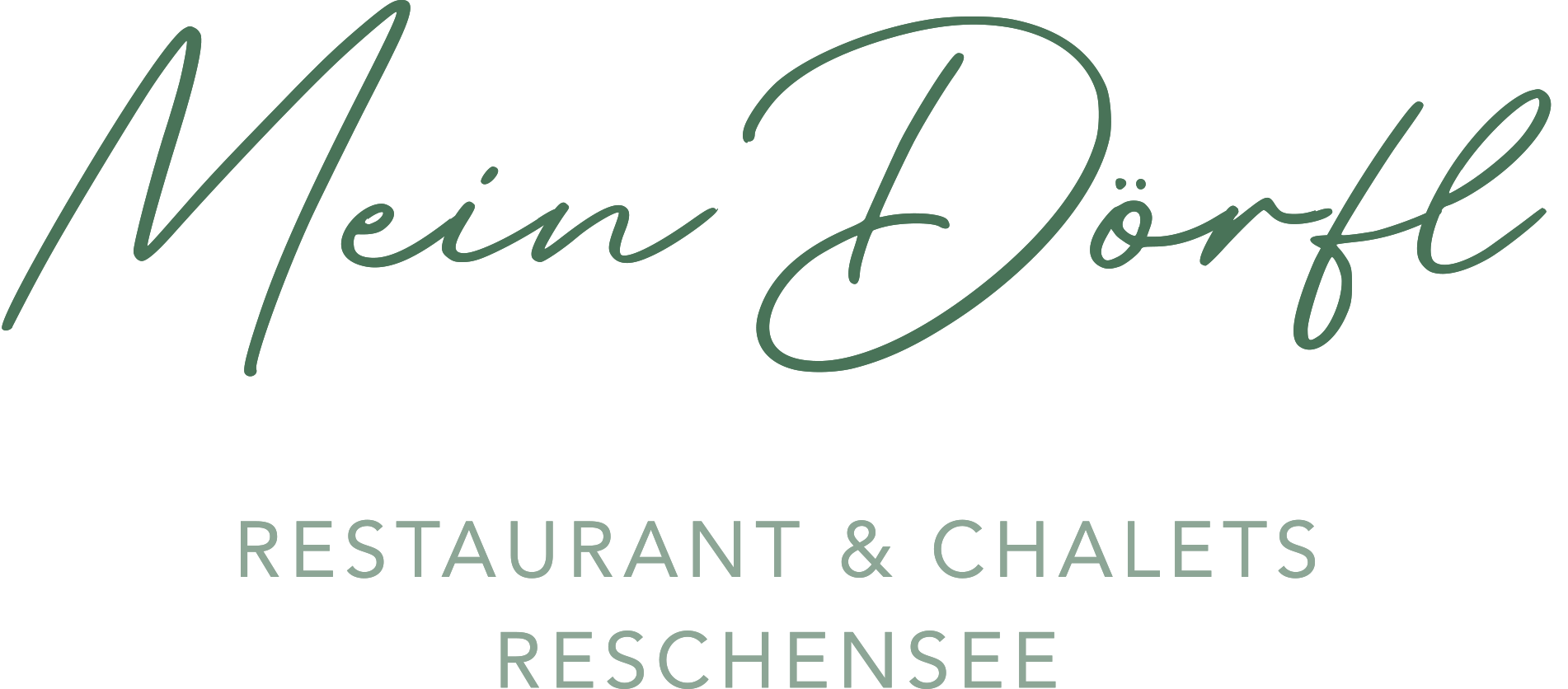Wie eine Fatamorgana hebt sich aus den Fluten des Reschensees ein Kirchturm. Er gibt Anlass zu allerlei Phantastereien. So wird erzählt, man würde zu bestimmten Zeiten noch das Läuten der Kirchturmglocken weit über See und Berge vernehmen.
In Wahrheit wurden bei der Errichtung des Stausees die Dörfer Graun und Teile von Reschen den Fluten gleichgemacht – nur der denkmalgeschützte Kirchturm ragt heute noch hervor. Im GEO Reisemagazin wurde er als einer der weltweit „15 Orte, die aussehen wie aus einem Märchenbuch“ aufgelistet. Seit 2020 gibt es auch eine Netflix-Mystery-Serie über unseren verwunschenen See.
Übrigens: Wenn Sie eine Fahrt mit der MS Hubertus über den See unternehmen, kommen Sie dem Kirchturm ganz nahe. Es heißt ja auch, dort lebe noch der Geist des Küsters, der sich an manchen nebeligen Tagen für kurze Zeit am Kirchturmfenster zeige …

